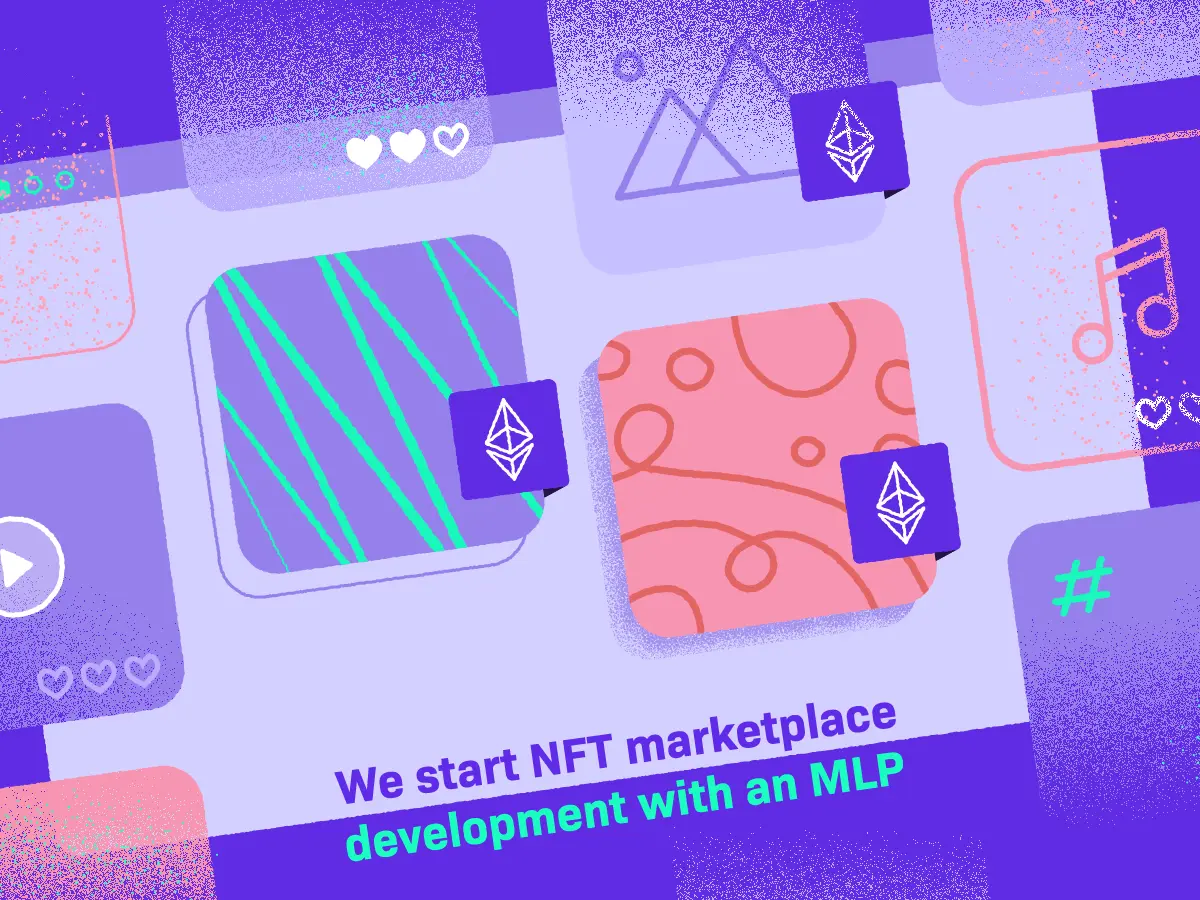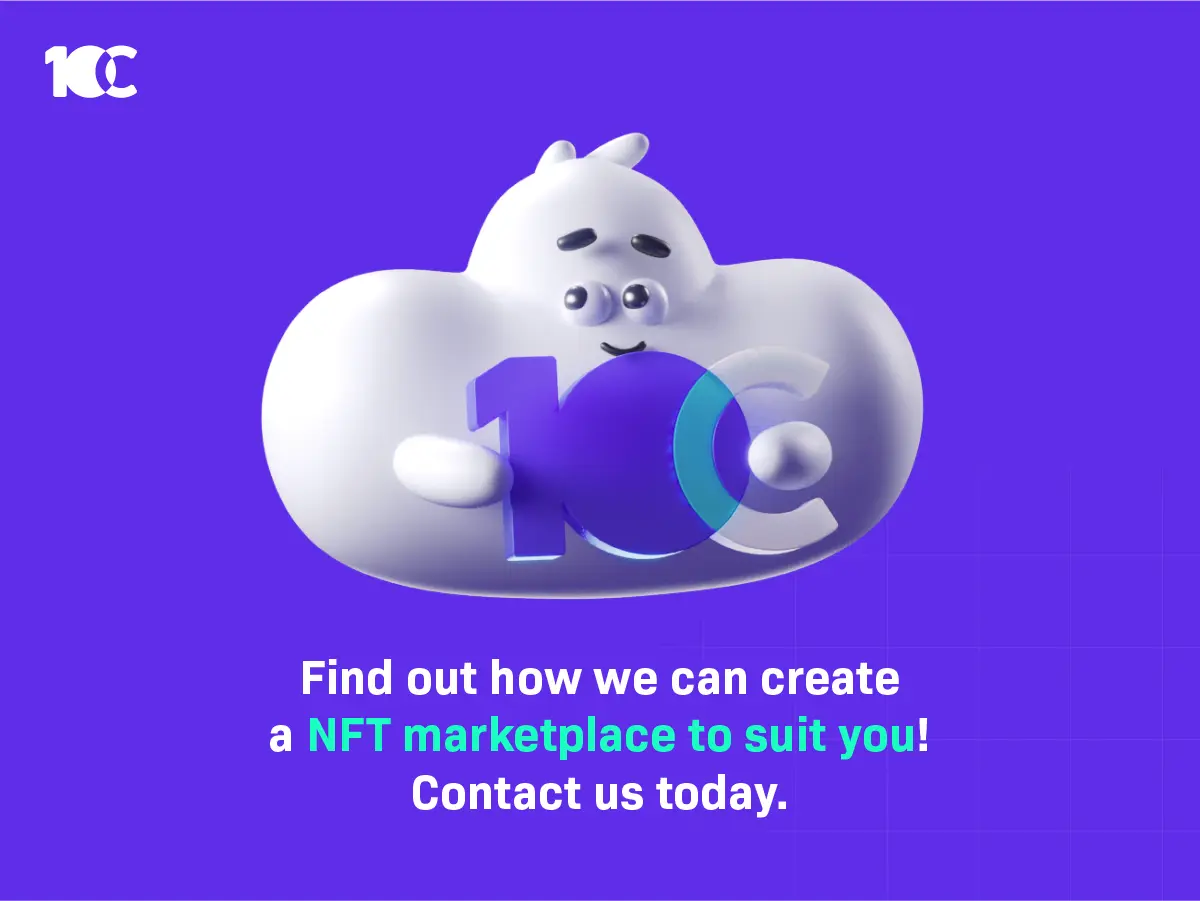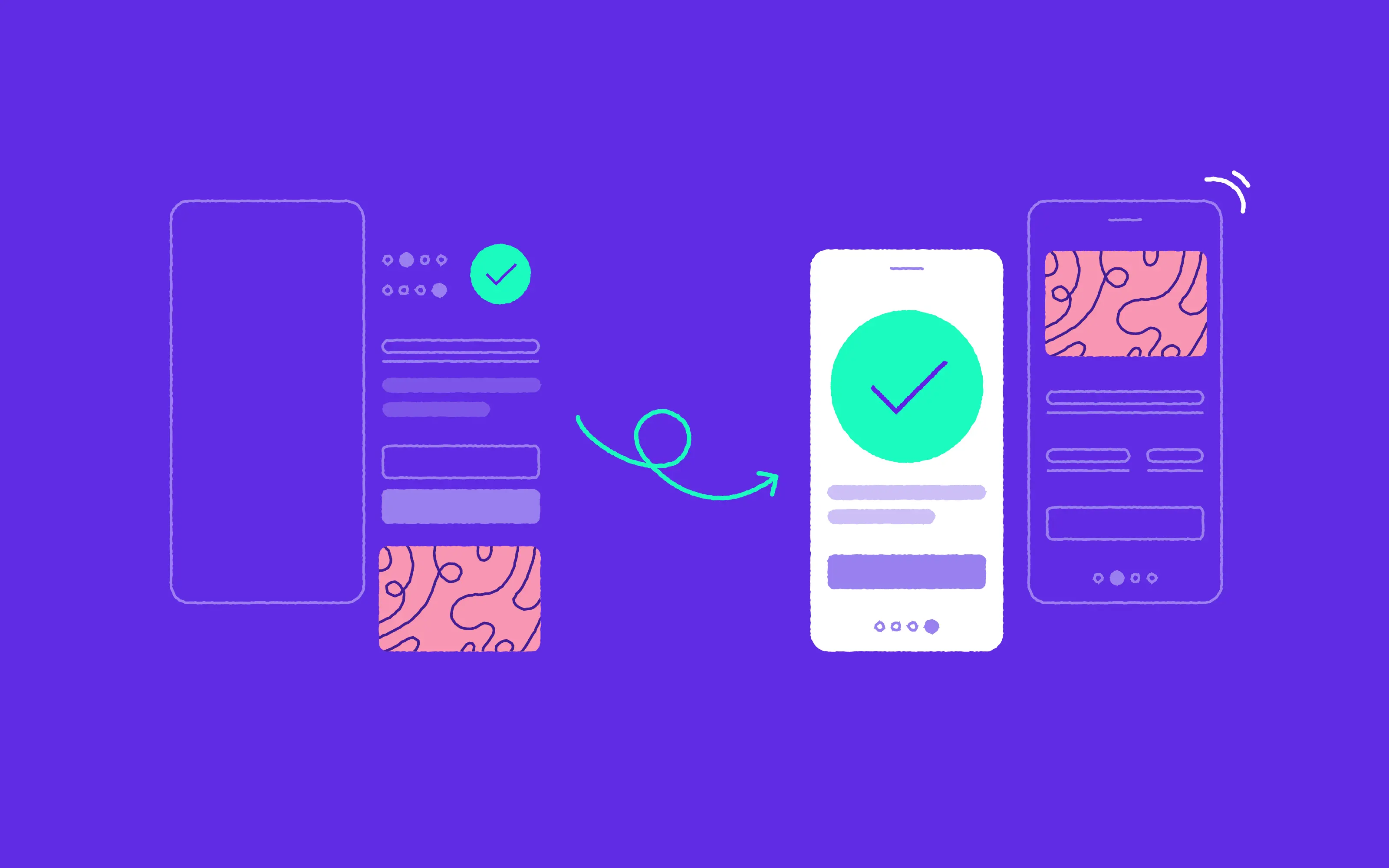NFT marketplace development services can help your business take advantage of consumers' growing interest and prepare for the future. It's a fact that more big brands and artists are working on NFTs, which is making people more interested in them. A DappRadar report says that NFT sales were in the billions at the beginning of 2022. This was an increase of almost 38,000% from the previous year. The NFT market has not yet reached its highest point. Now is the time to work with a company that builds NFT markets.
NFT marketplaces are usually connected to digital art or collectibles. In the future, NFT marketplaces are likely to get more advanced, adding things like augmented reality, metaverse, 3D modeling, and virtual reality experiences. As the technology improves and more people become familiar with the idea of NFTs, it is likely that the number of industries using NFTs will grow. That's why now is a perfect moment to start developing your NFT marketplace platform now, while your rivals are still relatively easy to deal with.
We recently wrote about the benefits and features of a white label NFT marketplace, and today we wanted to delve deeper into the development process itself, and the important role that the discovery phase has to play. We’ll talk you through the NFT development here at 10Clouds. The next steps are to learn more about how the blockchain network can be used and get feedback. A list of possible solutions for the project and the goal of making the best smart contract are also important.
What is a white-label NFT marketplace?
First off, an NFT marketplace is a platform for NFTs buyers and sellers. The short stands for "Non-Fungible Tokens". It is a digital asset that represents ownership of a unique item or piece of content, such as artwork, a video, a music album, or a tweet. Each token is one-of-a-kind and cannot be exchanged for another token at equal value. Also, each NFT is compatible with anything built using Ethereum.
In that sense, a white label solution is a fully working product available for purchase. It’s designed to be altered and customized according to the purchasing party’s requirements. However, creating a valuable UX/UI solution for this type of product can be a challenge as it requires a translation of the complex blockchain mechanism (back-end), and web software development (front-end), into an easy-to-use and familiar environment accessible to users with different levels of expertise.
Today there are several NFT marketplace development companies that specialize in building custom NFT platforms for businesses and individuals. These companies typically offer a range of services, including design and development of the marketplace, integration with blockchain development, smart contract development, and deployment and testing of the platform. It's good to know how to choose the right partner to create an NFT marketplace. Our ultimate guide starts with a phrase "discovery phase".
The first stage of the NFT marketplace development process
1. Introducing the Minimum Loveable Product (MLP)
During a few initial workshop meetings, we established that we are looking to develop a minimum lovable product that allows users to perform essential actions on the market, namely buying, selling, bidding and minting NFTs. At this early stage, we also addressed questions related to the technical background which has a major influence on the scope of the final product. When we had the general concept in mind, we started to conduct a benchmark analysis.
Here, we were able to identify a set of essential features and functionalities necessary for any NFT marketplace to work. Those results were then mapped into core sections which we discussed with our stakeholders in order to establish our scope of work and the content architecture for each feature. For any product, this stage is extremely important because, without extensive market research and expertise, it is impossible to recognize users' pains and needs. And if they’re not recognized early on, they won’t be accurately addressed in the final product.

2. Building user flows for our NFT marketplace
Having the main functionalities accepted by the stakeholders, we could move on to the next phase which was focused around the user. This stage was quite challenging since it was difficult to track all of the relations and nuances that often happen backstage in this type of product. Nevertheless, the general set of user flows is usually consistent across all NFT marketplaces.
Linking up the wallet
Users must first create an account by linking their existing crypto wallet in order to perform any kind of transactions on our market.
Minting NFTs
They mint NFTs and create collections in order to sell their work at a specified price or set up a bidding system. Other parties can either buy or offer digital assets which then are accepted or rejected by the owner. Every transaction that is triggered on the marketplace must be approved by the blockchain - only then the updates are available for users.
The process of purchase
If the transaction is successful, the ownership is passed over to the original buyer who can set a new price or list the item. And the cycle starts over. Next, we translated the user flows into users’ paths which is extremely helpful in terms of early assessment of the visual scope of work.
This meant that we could identify places that required specific notifications or messages for successful and erroneous paths, discover patterns and start to develop an idea for the UI components and a style guide. The last piece of the puzzle was the Information Architecture which is basically an overview of our marketplace that shows links and connections between various sections.
This map allowed us to indicate paths that require a wallet connection - a critical distinction for this type of product and was very valuable from the development team's perspective.

3. Developing the first NFT Marketplace wireframes
When the discovery stage was finished, we proceeded to develop the first wireframes. Translating the research outcomes into visual solutions is always fun as finally the results take a shape and become tangible for everyone on the team. The wireframes were gradually turning into visual designs.
Since we were developing an NFT marketplace the goal was to accentuate the functionality and leave room for customization of the product. That is why we opted for a more minimal and subtle design approach. Later, we performed usability testing to check if our solutions truly address users’ problems.
This stage is crucial for every product development as the research results are being confronted by the end users. For this specific project, we decided to go with a group that had a strong experience in the NFT realm so that they could easily validate our solutions as well as compare their experience on our platform with other products they are familiar with.
4. The outcome - an ‘all in one’ NFT marketplace solution
To conclude, the research phase helped identify user pains that other marketplaces did not address which ultimately became an opportunity for us to introduce and design a simpler, more enjoyable experience. With our solution, we propose a more seamless minting process by offering an ‘all in one ’ solution that does not require a multi-step process (which many existing products still use.) This significantly lowers the level of friction among. Our ultimate goal was simplicity and we believe that our flow resembles those that users will find familiar from other products that they’ve used.
5. Always remember to focus on your end users!
In the exploration and discovery stage we have put a lot of focus on users who are new in the world of NFT marketplaces by making sure that they are effectively onboarded and provided with feedback at every step of the journey. We know how overwhelming the terminology and processes related to blockchain technology can be for those who do not have a lot of experience in that area. We wanted to ensure that the process of buying and selling NFTs via our marketplace is both simple and pleasurable.

Get ready to launch your NFT marketplace quickly and easily with 10Clouds
NFT marketplace development is the process of making and using a digital platform where users can buy, sell, and trade Non-Fungible Tokens. These NFTs can represent a wide range of assets, such as digital art, collectible items, gaming items, music, virtual real estate, etc.
As NFTs continue to gain traction in the crypto market, we can anticipate that NFT marketplaces will continue to evolve and become more robust as a result of the demand for them, capturing the attention of herds of NFT creators, implementing new development solutions as well as becoming more user-friendly.
If you are ready to launch your own NFT marketplace but not sure how to get started with bringing it to life, our team can help. Our developers have solid experience in building NFT marketplaces; our UX team is deeply dedicated to delivering a stellar user experience, while our design team can create amazing illustrations which turn the entire white-labeled platform into something that truly reflects your unique brand.





